Ok, This has been quite the research project. The first thing in any project is to make sure you are asking the right question. I initially asked about "Strip Leeches." It turns out that these are any standard bunny strip leech pattern. Very useful patterns, but not what I was looking for. It turns out what I was really curious about was "String Leeches" These as it turns out, are very useful flies that step up to the line of "un-conventional" which I really like!
Bunny flies are not un-common. Rabbit moves seductively underwater and is very durable due to the hide strip that the fur is attached to. Coming from Michigan, I'm familiar with Pike Bunnies and such. Very effective, very durable and they end up casting with all the ease of a wet sock. Zonkers are another pattern in which the rabbit strip plays a major factor.
When it comes to steelhead flies, Rabbit strip flies give tones of movement and really seem to attract the "aggressive" fish in a system. I've had some larger bunny flies tucked away in my steelhead box for quite some time.
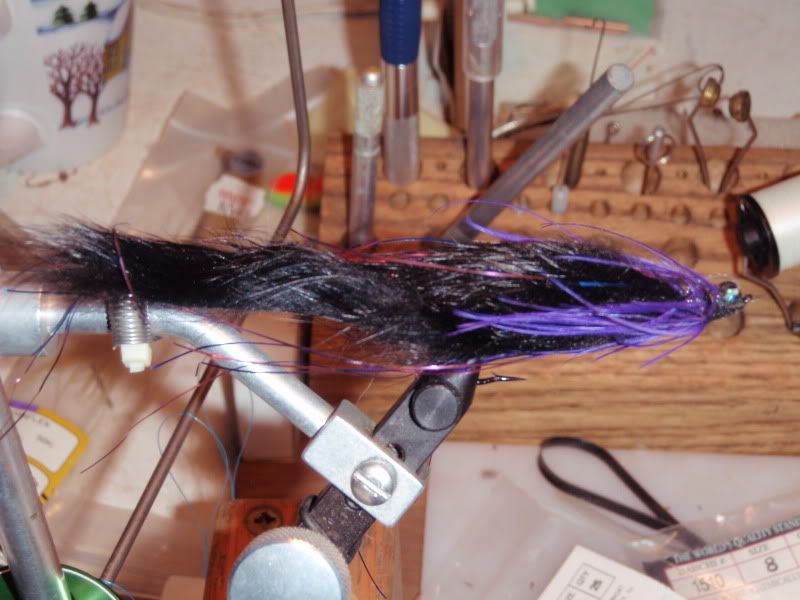
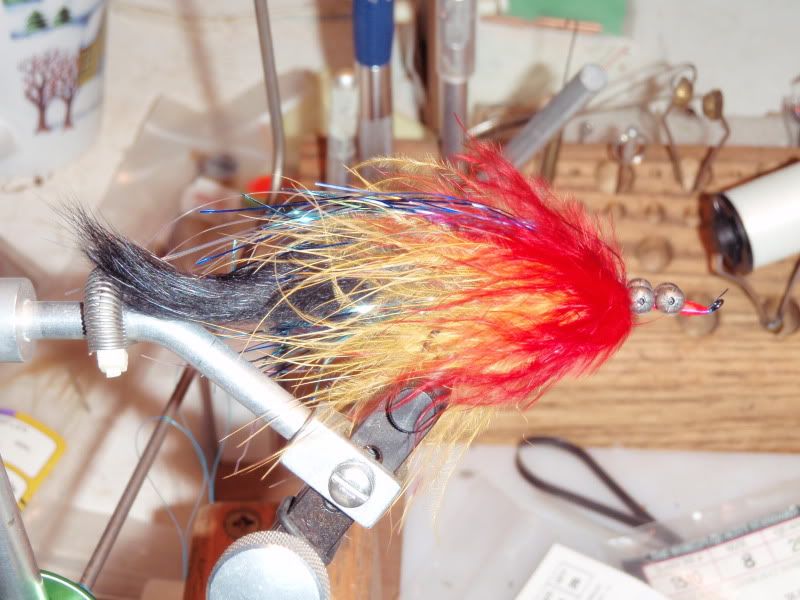
I love both of these patterns, they come alive in the water. They have issues however, they are full dressed flies and they don't get down very far. The double beadchain fly does ok but is not really fun to cast. The other problem is the hook point is mid-ship on the fly. The long tail gives lots of action, but... is also prone to short strikes or worse, a vicious strike with no hookup. Long hooks move the hookpoint toward the rear of the fly, but it kills the motion and gives the fish something to leverage against. Not a good solution.
Enter the string leech! As it turns out there are many different ways to tie these guys up ranging from super simple to very complex.
The simplest way is a way that I saw Mike McCune rig one when he was doing a casting demo on the Amercian river last spring.

I love this method! It is simple, it is effective, it just screams "Created by a Steelheader!" I'm not even sure if you can call it a fly but it works and is fast and easy to replace. The simplicity is what speaks to me. Learning steelheading in Michigan, we were bottom bouncing nymphs on chuck n duck rigs. Losing 12-24 flies in a day was part of the game. You couldn't afford to get too fancy with the flies. This is such a fly!
Fly tyers are creative bunch... The traditional string leech looks something like this.
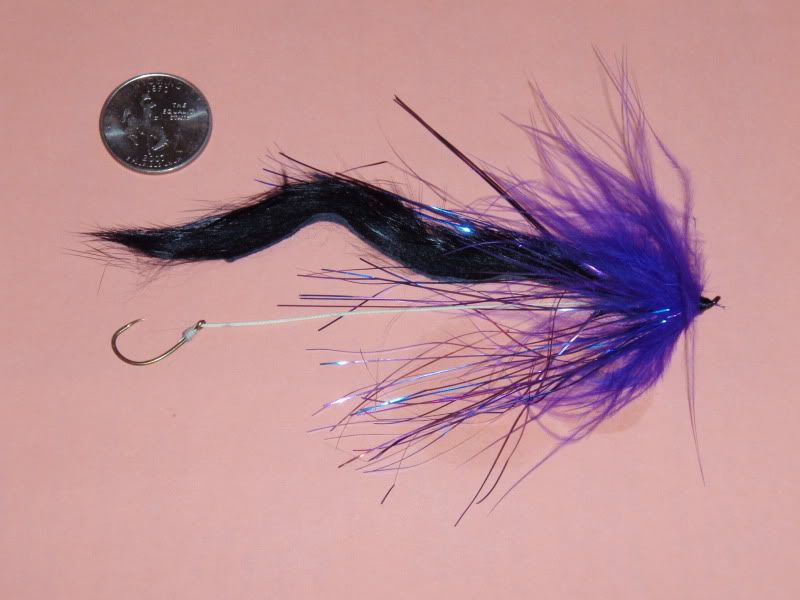
The hook is a number 6 TMC. It is attached to the front hook by a length of 30 lbs dacron backing. The front hook has the bend and the point clipped off. You get a very long "hook shank" without the drawbacks of "no action" and "mega leverage." The quarter in the picture gives you some scale. This thing is a monster! The rabbit strip is not wrapped around the fly body in the front. That adds a lot of bulk and kills the sink rate. The marabou will give lots of action as will the flashabou. The best part about the string leech is that the hook is now in the very back of the fly. The problem with this is that if the fly is fished in soft water... the hook can drop down away from the bunny and you can still miss some hook ups.
As I was looking around on the web I found some applications that suggested a tube fly would be the way to tackle this problem.
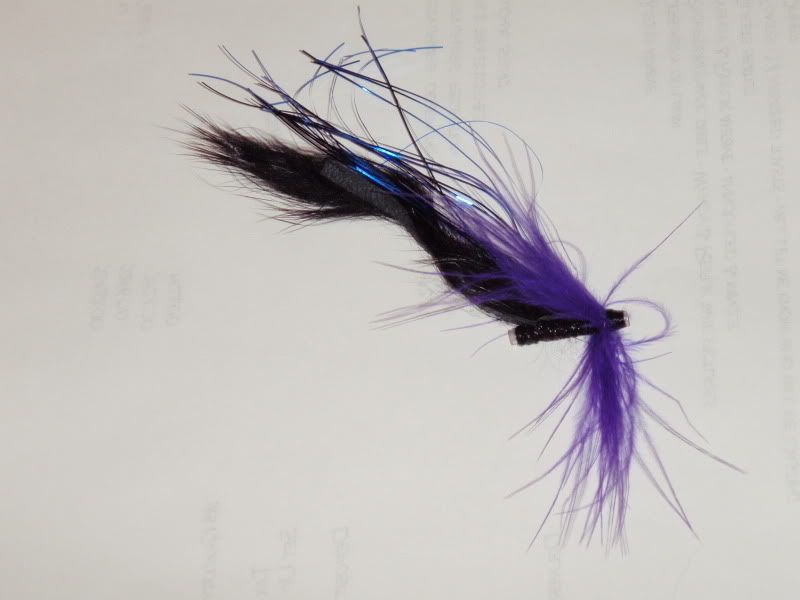
This is the same basic fly as above but tied on a tube. There are still some issues to overcome... In a traditional tube the hook is held in place by a keyway at the back of the tube. It would look like this...
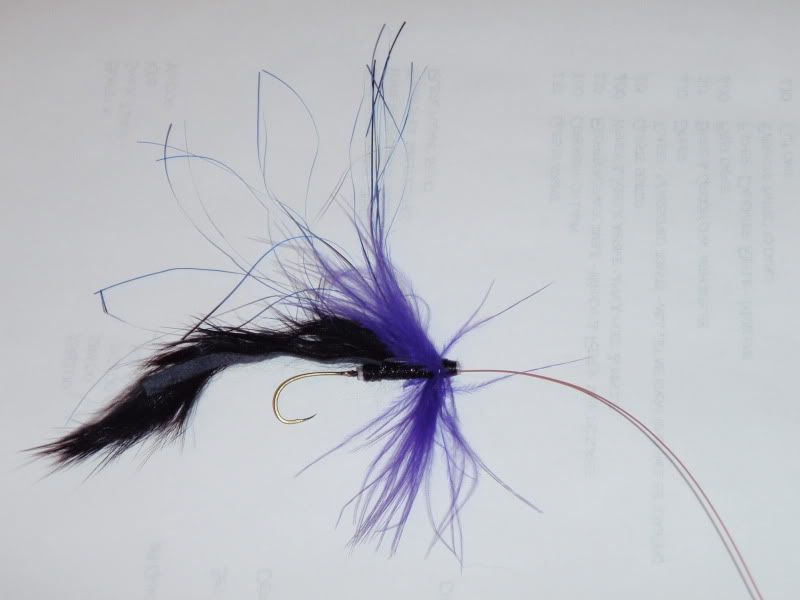
Nice, but the hook is still "mid ships" on this fly. It is not putting the hook at the end of the fly. The solution is to find a way to "peg" the tube farther up the leader to put the hook back at the rear of the strip leech. Once poster on the internet (you'll see his video later) used a short point off a toothpick to peg the tube. I figured that while that would work, a split shot would also do the job nicely.
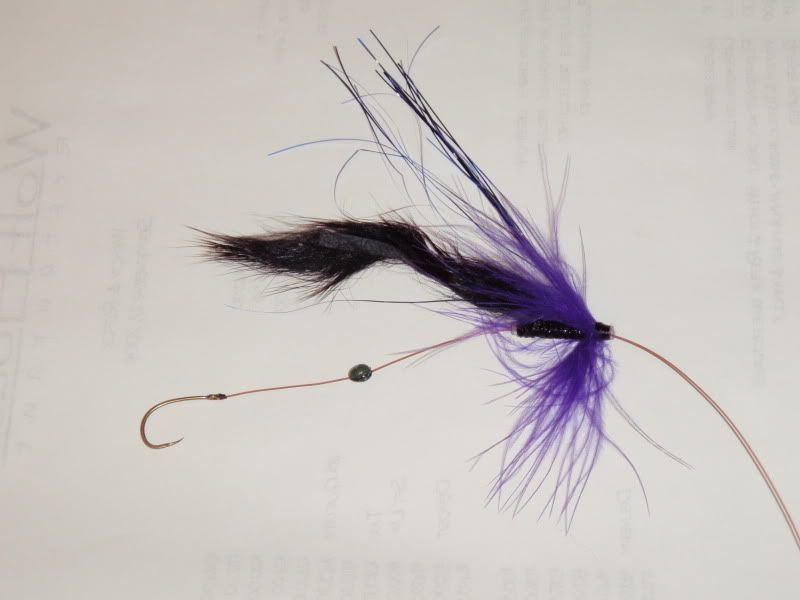
When pulled up tight it would look like this...

These are nice but it still leaves the hook in a position that can fall down below the fly in slack water. There is a solution for this as well, although it is a compromise. It does cut down on the action of the bunny strip, but the hook stays with the fly no matter what. The trick is to tie in a very short section of tubing far back on the tail.
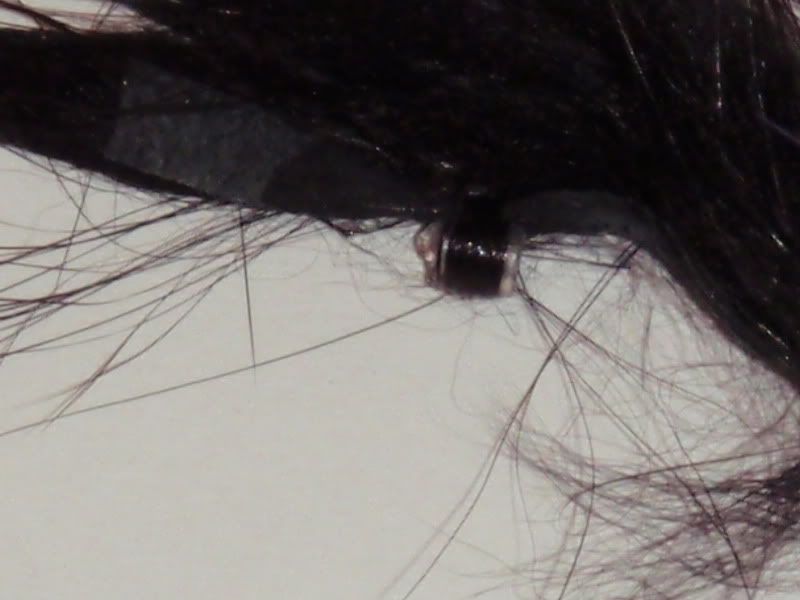
When it is rigged it looks like this...
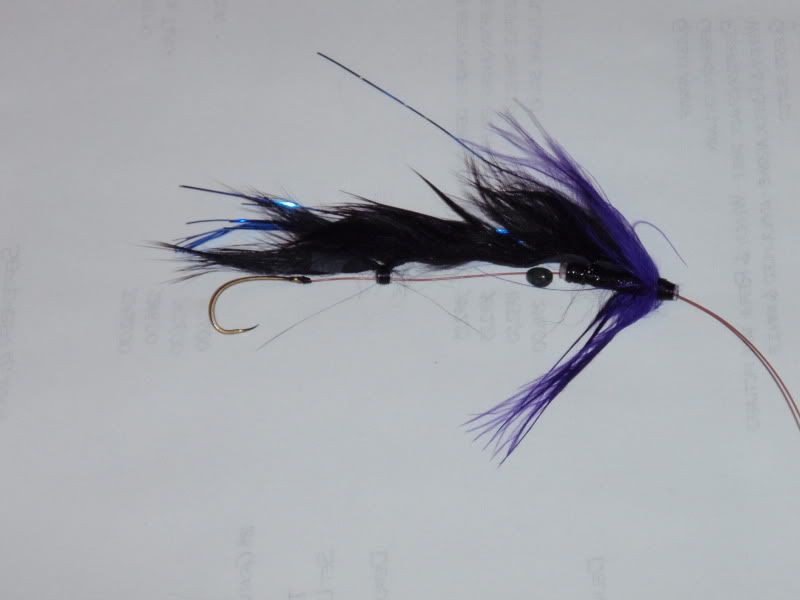
If you are still with me... (Bueller, Bueller....) The reason why I'm jazzed about these patterns is best demonstrated by this video...
http://www.speypages.com/speyclave/s...t=String+Leech
Anyway... I think I've answered some of my own questions. I hope some of you give these a try this steelhead season. They are not hard to tie up and the reaction that they can generate from steelhead can be "life changing."
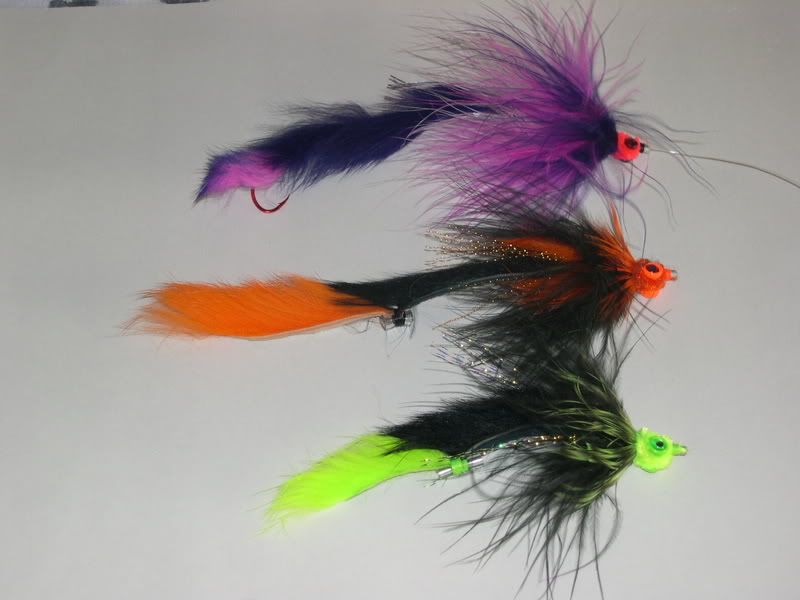

Bookmarks